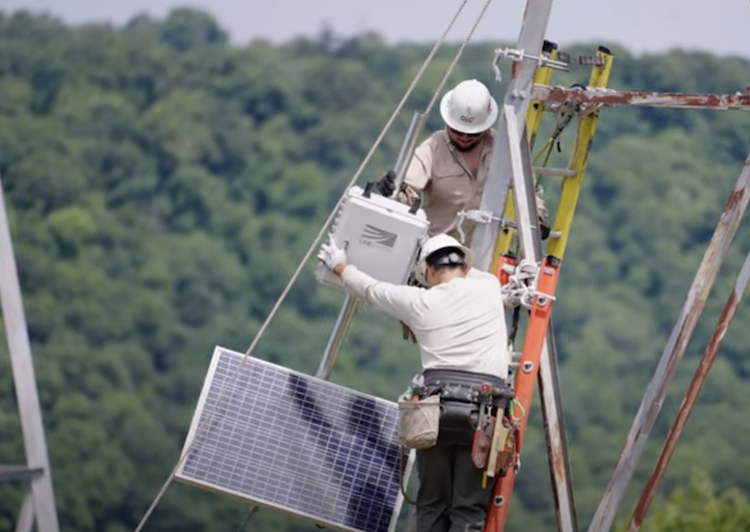
A new report from the Department of Energy (DOE) finds that deploying “advanced” grid solutions available today can cost-effectively increase the capacity of the existing grid to support 20-100 GW of incremental peak demand when installed individually, while also improving grid reliability, resilience, affordability, and sustainability.
The Innovative Grid Deployment Liftoff report is focused on identifying pathways to accelerate the deployment of key commercially available but underutilized advanced grid solutions on the existing transmission and distribution system to address near-term hotspots and modernize the grid to prepare for a wide range of energy futures.
These solutions can help quickly respond to accelerating grid pressures – including the need to cost-effectively expand transmission and distribution capacity to support the rapid demand growth many regions are seeing, enhance system reliability and resilience, and support the integration of utility-scale and distributed clean energy resources. These solutions can serve as a bridge to address near-term capacity needs as critically needed new grid infrastructure continues to be built out.
Twenty advanced grid solutions were covered across four categories:
Advanced transmission technologies that expand firm line capacity
Situational awareness and system automation solutions that improve visibility and decision-making
Grid-enhancing technologies (GETs) and applications that improve system utilization and performance
The foundational systems necessary to enable advanced technologies and a modern grid.

Collectively, these technologies — if deployed at scale — can provide a step change in grid operators’
ability to efficiently and effectively manage the grid, DOE said. Grid operators can deploy these solutions in a variety of strategic combinations to address local needs – no single solution will solve the problem on its own.
Many of the technologies highlighted in the report could be deployed on the existing grid in under three to five years, the report said, and could be cheaper, more valuable, or both, when compared to existing technologies and approaches. Many utilities are already using some of these solutions for day-to-day operations, the report added, and adoption rate is largely driven by policy or regulatory mandates, reaction to external pressures like wildfire risk or distributed energy resource (DER) adoption.
However, deployment of these advanced technologies is lagging in the U.S., and the report partially blames this on the fact that cost-of-service investor-owned utility (IOU) business models have “not sufficiently incentivized” these solutions to warrant the upfront planning, engineering, operational, and organizational effort required to deploy them at scale. The upfront costs alone are enough to discourage many small electric co-ops from deploying upgrades.
One potential solution to improve the adoption rate highlighted in the report is deploying 6-12 large operational, “no regrets” deployments across a diverse set of utility contexts for each advanced grid technology, deployed individually or in combination.